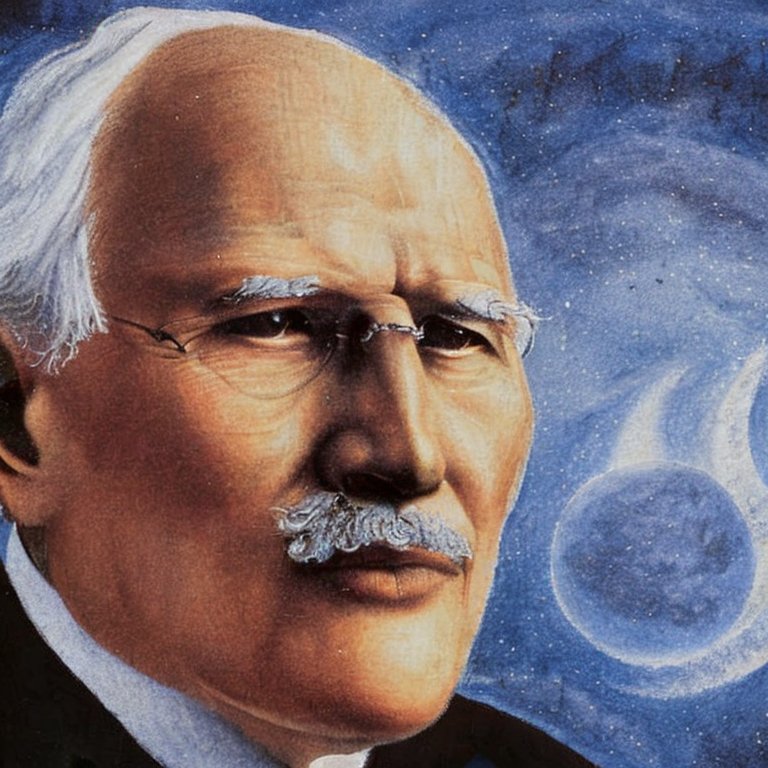Share this
Or Why Therapists Should Not Affirm
I have read many mission statements from various charities and media outlets recently that all revolve around the premise that one should ‘be allowed to be yourself’, or ‘provide a space to be your authentic self’. Indeed, many counselling and psychology professional bodies make similar statements referring to such things as ‘affirming who an individual is’. I won’t name names as I want to talk about principles not specific entities. In this contemporary context these statements are usually in reference to issues of gender identity, but it is worth reflecting on what it actually means to be yourself and what the role of a therapist might be in this process.
For of all sad words of tongue or pen,
John GreenLeaf Whittier (Quaker poet and anti-slavery campaigner)
The saddest are these: “It might have been!”
Self-Reflection
Very few of us go from cradle to grave without asking who we are, what we might have been or are who we could become. These questions are the very essence of being human. When these mission statements refer to the ‘self’ they seem primarily to be referring to what an individual believes themselves to be at that moment. For the therapist, we should understand that the nature of the self, is complex and constituted of both conscious and unconscious elements.

Carl Jung’s notion of ‘self’
Carl Jung, one of the most incredible psychologists and therapists of the modern era, included the notion of the self within his psychological framework. It encompasses the totality of an individual’s psyche, representing the unification of all aspects of the conscious and unconscious mind. Jung regarded the self as a fundamental archetype, transcending the individual and connecting them to the collective unconscious. He described the self as “the regulating centre of the psyche” (Jung, 1953, p. 334) and emphasised its role in the vital process of individuation.
“Individuation requires the integration of the unconscious contents, the acceptance of the shadow, and the realisation of the divine potential within oneself.”
Carl Jung, “Psychology and Alchemy” (1944)
The Process of Individuation

We are all composed of disparate elements of our own psyche, some unique to us and others a part of the collective unconscious. We inherit beliefs and ideas, many of which become embedded in the unconscious. For example, if a parent starves a child of emotional comfort it can instil a belief in the child that they are not worthy of love. If they are told repeatedly that sinning will send them to hell, they may develop a perpetual fear that constantly judges their behaviour against their interpretation of religious texts. If they are told that sex is a matter of choice, then they may become incredibly fearful of the pressure involved in deciding what sex they should be. Individuation is the process of becoming an individual. It is also the process of integrating the many parts of the psyche into that individual.
Jung also recognised the male and female aspects that exist within all of us. The anima represents the female aspects within the male psyche and the animus represents the male aspects within the female psyche.
“The integration of the anima and animus is a necessary step in the process of individuation, allowing individuals to embrace and express the totality of their psyche.”
Carl Jung, “Man and His Symbols” (1964)

The process of individuation is lifelong and represents our perpetual striving for self-actualisation, fulfilment of potential and the expression of the divine within ourselves. These are noble and lofty ambitions, akin to the Buddhist notion of striving for enlightenment, indeed Jung drew on eastern philosophy in his thinking. Buddhism emphasises ‘practice’, we have to practice mindfulness, meditation and loving kindness in order to release ourselves from attachment, aversion and the mind poisons that can afflict us, as well as act with compassion towards all life. Equally, therapy is a practice for the client, making the unconscious conscious and integrating it into the self.
What to Affirm?
Within this context how do we then view this idea of ‘affirming the self’. We already know that ‘the self’ is most likely going to be in an un-individuated state, i.e. the person will be subject to a host of disparate unconscious and conscious influences, currents pulling them in several directions at once. So what would we be affirming? It would certainly not be the job of a therapist to ‘affirm’ that state.
Many perhaps labour under the mistaken belief that ‘affirming’ is equivalent to non-judgement. Therapeutic pioneers such as Carl Rogers urged us to adopt a state of ‘unconditional positive regard’ for our clients, in others words not to be judgemental and to recognise the potential within the individual no matter what their current state. This is a fine aspiration, but it still does not exhort us to ‘affirm’.
To affirm – “to state something is true, or to state your support for an idea, opinion, etc” (Cambridge Dictionary). In a therapeutic context to affirm means to state that whatever the client’s current beliefs about themselves, we the therapist should state it to be true. This is immediately problematic and unethical. I had a client recently who told me that ‘my life is not worth living’. What would you think of a therapist who answered, ‘that is absolutely correct, your life is not worth living’. I think we would all be appalled and correctly conclude that we were playing Russian roulette with a potentially suicidal individual. It’s not the sort of therapist any of us would want to visit.
Questioning Assumptions
Yet neither would the therapist respond, ‘don’t be silly, of course your life is worth living’, although a friend might. Why would the therapist not say this? Because it is not the job of a therapist to exert their will over the will of the client, nor is it the job of the therapist to signal their caring friendship. It is the job of the therapist to lead the client on a journey of questioning their assumptions, e.g. ‘Why do you think your life is not worth living?’, ‘Is it really, incontrovertibly true?’, ‘What do your loved ones think?’. By exploring the assumption, without fail it crumbles. That is because it is a statement that represents an ephemeral emotional state, it is really saying, ‘I feel absolutely awful right now and I desperately need help to not feel like this’. The therapist by breaking down the assumption can then continue the journey of discovery by helping the client start to identify the important reasons for living. It would hold no power for the therapist to come up with reasons, they must come from the client. Only then do they hold the positive charge necessary to effect change.
Feelings and Cognitions distinct from Actions
Suicidal thoughts are of course one extreme, and I use it only to illustrate the principle the therapist has to employ, not to draw direct equivalence with other disorders. If for example, a client wished to discuss their sexuality, the therapist is not there to tell them they are gay, straight or bisexual. Only the client is aware of the sexual attractions they feel, but even then they may not be certain of the root of such attractions, and if it represents a healthy choice for them in practice. If you think of extreme sexual attractions, such as paedophilia or zoophilia, then action should be something that is never contemplated and the objective of therapy would be to overcome those feelings by understanding their genesis and working through the issues that surround it. Sexuality is complex and can pull in different directions.
Integration not indulgence
There is a current cultural trend to see all feelings as valid and worthy of indulgence, but this is a potential harmful attitude. If we return to the notion of individuation, then we know that part of our job is to recognise the shadow side within ourselves and integrate that shadow into the whole. This can be a difficult concept for many and requires clarification. Integrating does not mean indulging. For example, if someone is suffering constant violent or even murderous thoughts, that is the shadow at work. If they were to indulge them, then it would be causing harm or even murder. If they were to integrate those feelings, it would mean a metamorphosis from violent to resilient, from murderous to assertive. Often it is people who feel unable to assert themselves that turn to violence, they have not worked out how to present their wants and needs to others while reciprocating the wants and needs of others. Integration is a journey of understanding, bringing the unconscious to the conscious.
The Therapist’s Role

Therapists are there to guide that journey of integration and individuation. They help the individual identify those shadow traits and work to integrate them into a positive whole. Therapists are guides along a path. Together with the client they hope to make progress down that path which leads to greater integration, a more complete sense of self, or self-actualisation. If they were to affirm an individual in that moment, then the journey would end, there would be no progress. Or perhaps worse, it is possible the client sets off down a cul-de-sac, having disregarded the immediate issue in their life, because the therapist has told them it is perfectly alright. They will look for other explanations for the negative emotions they are experiencing. It could have profoundly disturbing consequences.
Instead the therapist accepts the individual in front of them, with all their flaws and psychopathologies, and strives to focus on who that person can become. They don’t achieve that by telling them they’re right or wrong, or giving advice, they do it by drawing the answers from the client, helping them to realise what is hidden within. Just as Buddhists believe we all contain the Buddha nature within us, or as Jesus said, ‘The Kingdom of God is within you’ (Luke 17:21 KJV), so the therapist knows that the actualised version of their client lies within them. But first there is a journey to go on…

